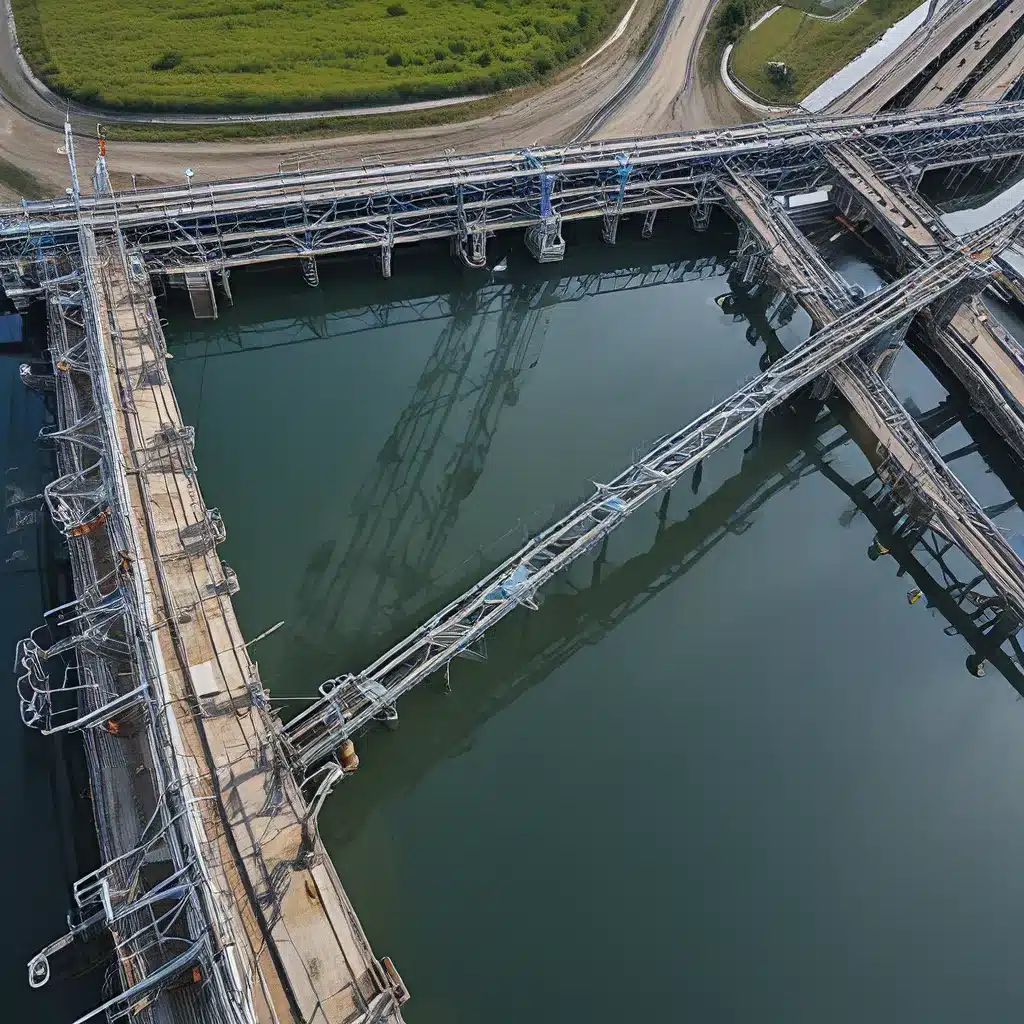
As I sit here staring at my laptop screen, I can’t help but wonder – how in the world did we get here? A world where technology has become so deeply intertwined with every aspect of our lives, including the critical task of water treatment. It’s a fascinating, and at times, dizzying intersection that I’m eager to explore.
Embracing the Digital Revolution in Water Treatment
You know, when I first started working in the water treatment industry, things were a lot simpler. We had our trusty analog gauges, our valves that needed to be turned by hand, and a whole lot of good old-fashioned elbow grease. But then, the digital revolution hit, and suddenly, everything changed.
Inland Waters Inc., the company I’m proud to be a part of, has been at the forefront of this digital transformation. We’ve embraced technologies like real-time data monitoring, predictive analytics, and automation to revolutionize the way we approach water treatment. And let me tell you, the results have been nothing short of remarkable.
Optimizing Operations through Data and Analytics
One of the biggest game-changers has been our use of big data and analytics. Gone are the days of relying solely on our gut instincts or manual testing. Now, we can gather vast amounts of data from sensors throughout our treatment plants, and use powerful algorithms to identify patterns, predict issues, and optimize our operations.
For example, our smart sensors can continuously monitor water quality parameters like pH, turbidity, and chlorine levels. This allows us to detect any deviations from the norm almost immediately, and make adjustments before small problems balloon into major crises. And the best part? We can do all of this remotely, without even setting foot in the plant.
Streamlining Maintenance and Reducing Waste
But the digital transformation in water treatment isn’t just about data and analytics. It’s also about automation and Internet of Things (IoT) technologies. We’ve integrated smart valves, automated chemical dosing systems, and even robotic inspections into our operations. This not only makes our processes more efficient, but it also helps us minimize waste and reduce our environmental footprint.
Just imagine – no more manual valve turns, no more guesswork when it comes to chemical dosing, and no more sending technicians into hazardous areas for inspections. It’s a game-changer, and it’s all thanks to the power of digital technology.
Bridging the Gap Between Water and Sustainability
But you know, the real beauty of this digital transformation is that it’s not just about improving our operations. It’s also about aligning our work with the broader goals of sustainability and environmental stewardship.
As we’ve seen, digital technologies can play a crucial role in promoting sustainable development by increasing efficiency, reducing waste, and optimizing the use of natural resources like water. And at Inland Waters, we’re committed to being at the forefront of this movement.
Balancing Technology and Human Expertise
Of course, I’d be remiss if I didn’t acknowledge the challenges that come with this digital transformation. After all, we’re not just talking about machines and algorithms – we’re talking about an industry that has long relied on the expertise and experience of skilled water treatment professionals.
So, as we embrace these new technologies, we have to be mindful of striking the right balance. We need to ensure that our team members are well-trained and comfortable with the digital tools we’re using, and that we’re not over-relying on automation at the expense of human knowledge and decision-making.
Fostering Collaboration and Continuous Learning
And that’s where the real magic happens – when we find ways to seamlessly integrate our digital capabilities with the human expertise that has always been the backbone of our industry. It’s a delicate dance, to be sure, but one that we’re committed to getting right.
After all, digital transformation is not a one-time event, but an ongoing process. It requires continuous innovation, adaptation, and a willingness to learn from our mistakes. And that’s why we at Inland Waters are constantly seeking out new partnerships, engaging in industry-wide dialogues, and keeping our ears to the ground for the latest advancements in water treatment technology.
Embracing the Uncertainty and Opportunity
You know, as I look back on my journey in this industry, I can’t help but feel a deep sense of excitement and possibility. Because while the intersection of water treatment and digital transformation may seem daunting at times, it’s also brimming with incredible potential.
Who knows what the future holds? Maybe we’ll see AI-powered treatment optimization, or blockchain-based water trading platforms, or even virtual reality training simulations. The possibilities are endless, and I can’t wait to see what we’ll come up with next.
So, if you’ll excuse me, I think I need to get back to work. There’s a whole digital revolution in water treatment that’s just waiting to be explored.


